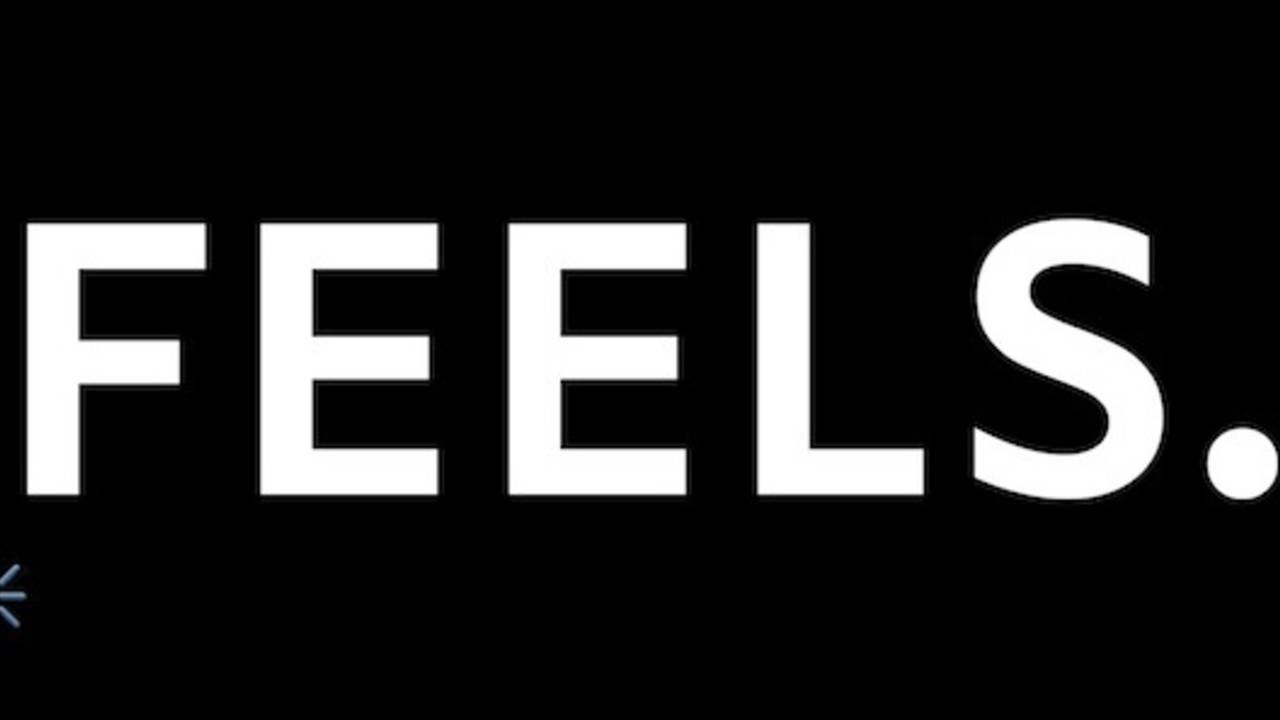All The Feels...

October 7, 2019
.
Let’s face it…Sometimes the VOICE can be WEIRD!...And to all of us voice lovers & voice science geeks, WEIRD is so beautiful…BUT to everyone else, the voice & what we do with it can be WEIRD…especially during voice therapy or voice coaching in general (ex: lip trills, tongue trills, resonant humming, straw phonation, mask phonation, cup phonation, resonance training, gargling, flow phonation, voice imagery in general, & the list goes on…). There is a substantial amount of KINESTHETIC awareness involved in learning & growing your VOICE & vocal abilities, as well as a tapping into the many “abstract” components of voice & their connections to the physical body, mind, emotions, & spirit. So, yes, at the beginning the exercises & strategies & concepts you might learn could seem strange, but in the grand PERFORMANCE of VOCAL LIFE, these are the exact TOOLS that create your VOCAL SUCCESS.
.
These “tools” are also based on LOTS of research & continue to develop you as a VOICE user, improving your own awareness of vocal production, voice use patterns, voice placement/focus, & even expand your baseline vocal abilities. Motor memory for sensory/kinesthetic sensations is a principle of motor learning theory & this connection to the “feel” of the target sensations of the voice is what creates optimum vocal production at the level of the vocal folds themselves. Ear training & auditory feedback are crucial in most voice programs, but the FEEL is more important than what it sounds like (especially at the beginning). The more a patient/client connects to the right FEELS (ex: light & easy, vibrations, anterior energy, buzz, no effort, flow, open vs tight, forward vs backward placement, etc.), the more he/she will create healthy & efficient vocal use patterns & therefore a better vocal quality/sound.
.
Learning a new motor skill is not achieved in a straight line; it is important to FEEL and hear a difference in vocal productions, & doing so continually guides your motor learning of the skill & your body’s ability to habituate the “new” & better way to create voice. It is also important to experiment with negative practice, which means actually doing it the “wrong” way & FEELING what this feels/sounds like, & then repeating the same task the “right” way & FEELING/hearing the difference—as this is another great way to reinforce motor learning & improve self-control & awareness of your own instrument. In connecting to the kinesthetic & auditory sensations, you will eventually (easily) identify when you are using your voice in the “correct” or target ways & self-correct if/when needed, consistently evolving into your most authentic, independent, efficient, & optimal vocal self.
.
EMBRACE the FEELS of the VOICE. FREE your mind, body, & VOICE…& FEEL and HEAR what THAT sounds like!

